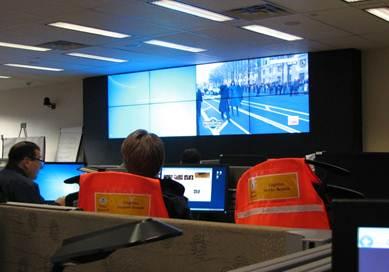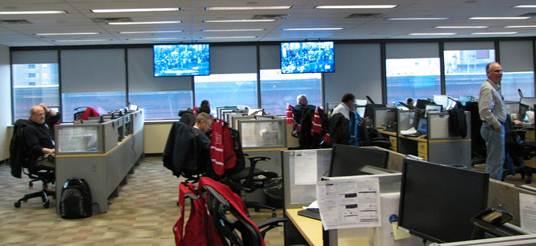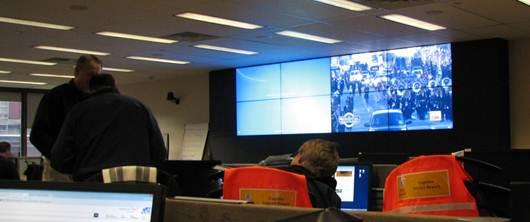By Mark Weatherford, Deputy Under Secretary for Cybersecurity
Today, we are more connected to the Internet than ever before. We depend on a vast array of interdependent networks for communication, travel, powering our homes, running our economy, and obtaining government services. With so much of our daily lives dependent on cyberspace, cybersecurity has become an increasingly important part of DHS’ mission, just as it has become a larger priority for state and local governments, businesses, and individuals.
DHS continues to demonstrate our commitment to building the best cybersecurity team in the world by recruiting some of the most talented and experienced professionals available. Since its creation, the Department has increased its cybersecurity workforce by more than 600 percent while working with universities to develop and attract talent through competitive scholarships, fellowships, and internship programs.
When I joined DHS about six months ago, I quickly realized that we could build on the strong foundation of the Department’s cyber workforce with new skills and leadership to grow and adapt in the face of an evolving cybersecurity environment.
It’s impossible to mention all of the dedicated cybersecurity professionals at DHS, but I’d like to highlight a few recent additions that have propelled us to higher standards and increased our capability as a department:
- Mike Locatis is the new Assistant Secretary for Cybersecurity and Communications and comes to DHS from the Department of Energy where he was the Chief Information Officer. He has a breadth of cybersecurity and communications experience across nearly every level of government and the private sector and has a history of charting organization transformations in the federal government.
- Rosemary Wenchel has joined us as the new Deputy Assistant Secretary for Cybersecurity Coordination. She will coordinate joint cybersecurity efforts between DHS and the Department of Defense. Rosemary will also work with the Science and Technology Directorate to ensure the Department’s cybersecurity research and development efforts are fully coordinated with policy and operations. She served previously in DOD where she was responsible for Departmental activities pertaining to policy development, guidance, and oversight of Information Operations.
- John Streufert joined DHS in January as the Director of our National Cybersecurity Division (NCSD). John came to DHS from the Department of State (DOS), where he earned national accolades for the successful implementation of state of the art security solutions in federal departments, and transformed DOS’ security posture while enabling it to execute a world-wide mission.
- Larry Zelvin just joined us as Director of the National Cybersecurity and Communications Integration Center, DHS’ 24×7 center to coordinate cyber awareness across government and the private sector. Larry has experience at the National Security Staff and the DOD, where he has led interagency and stakeholder outreach related to operations.
- Dr. George Moore is the new Technical Director for NCSD and also comes to us from the Department of State. Dr. Moore is a renowned expert in areas of standards and security controls and will be helping develop programs to bring new levels of security to the Federal Government
- Danny Toler is our Director of Network Resilience and a recognized expert in transitioning IT delivery toward solutions that are more holistic and integrated. Danny came from the Department of State, and his leadership will be crucial in helping us develop cloud and managed security service solutions that result in new levels of efficiency across the government.
- Ron Hewitt is the new Director of the National Communications System. A recently retired Rear Admiral from the U.S. Coast Guard, Ron has an incredible track record of bringing together diverse communities to work together toward a common goal, particularly in the areas of information technology, communications, and first responders.
- Tom Baer has come aboard as the Deputy Director of US-CERT. Hailing from the Federal Bureau of Investigation where he was their Chief Information Security Officer, Tom is an expert in the areas of forensics and analysis and, with impressive leadership credentials, he is charged with broadening outreach efforts and intergovernmental coordination for US-CERT.
These new members of our vast cybersecurity team bring a wide array of experience and skills. Building on the successes of our strong and robust team, we are taking the DHS cybersecurity program to new levels that will ultimately enhance the security and safety of our nation.






